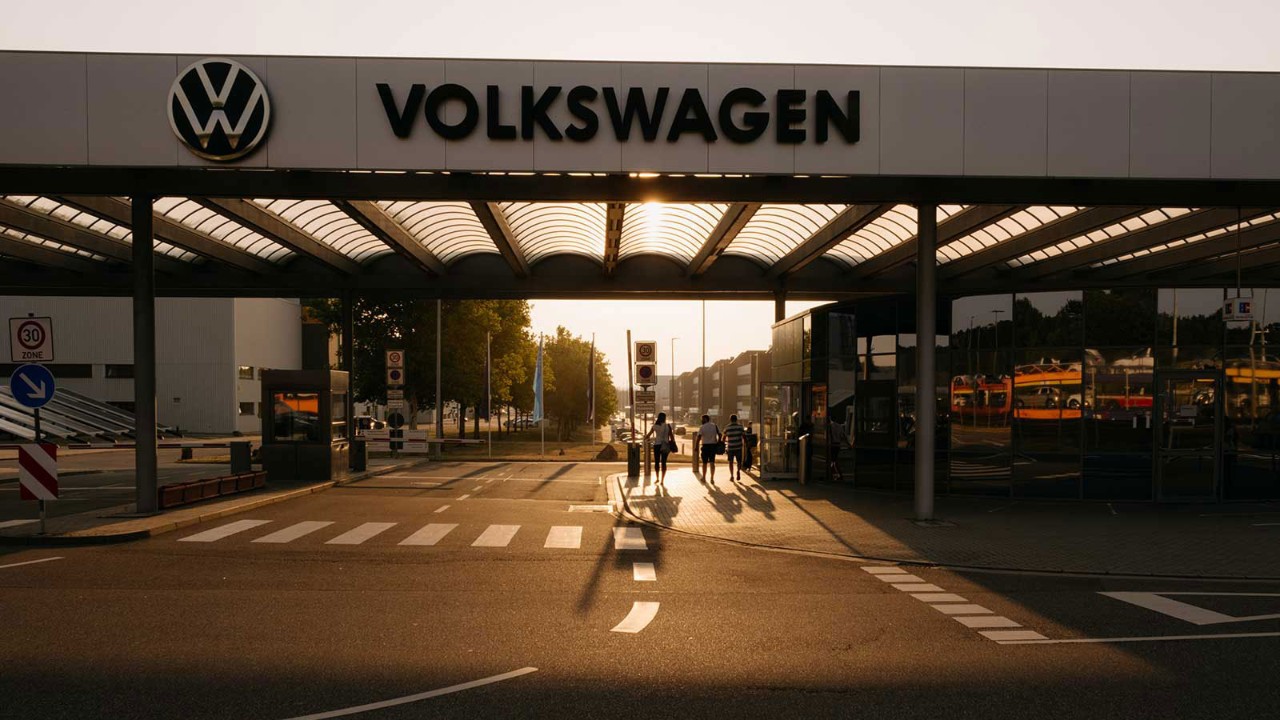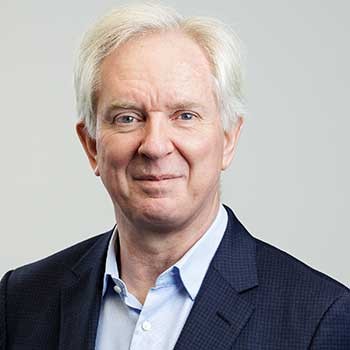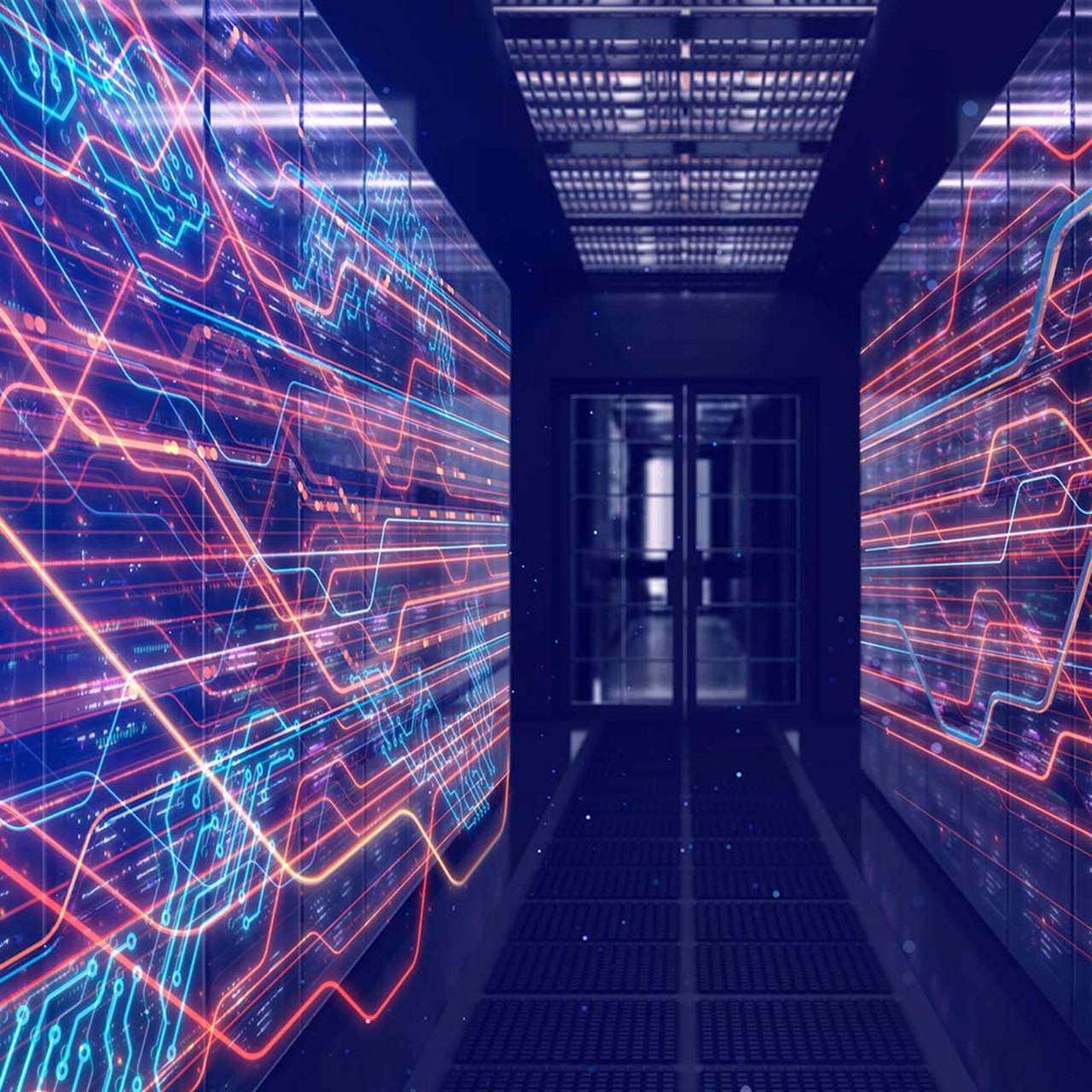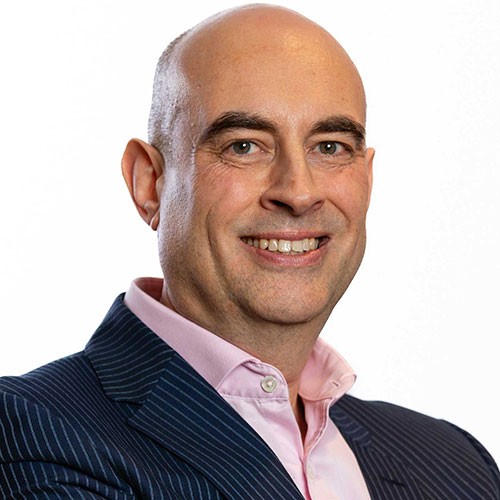
I have often been told ‘there is no such thing as a stupid question’. Like most aphorisms, this may be true some of the time, but I think stupid questions do exist.
I have heard many investment managers ask for capital expenditure to be split into ‘growth’ and ‘maintenance’. The theory is that this gives the investor greater insight into how shareholders’ money is being invested. Maintenance is necessary and growth is discretionary. Put this way, it sounds very reasonable.
IAS 7, Statement of Cash Flows, also encourages companies to disclose separately cashflows that ‘represent increases in operating capacity (ie growth) and those that are required to maintain operating capacity (ie maintenance)’, although this is not mandatory. I have never seen a company comply with this suggestion.
In the real world
Thinking back to all the times that I have heard this question asked, there is a discernible common thread. None of the questioners had ever worked outside the financial sector. The question makes sense in theory but not in the real world.
Maintenance budgets and working lives are flexible, not set in stone
Let’s start with the maintenance bit. Most tangible assets require some form of ongoing support. Parts wear out, fluids need changing, tolerances go out of alignment, legislation changes. The accounting for tangible assets assumes that machines have a finite, pre-determined life. Reality is different. It is almost always possible to make something last longer than its official depreciation ‘life’.
Some years ago, the US electrical distribution grid had got very old in both physical and accounting terms. Many analysts thought this would trigger an inevitable reinvestment cycle. I remember a grid engineer being asked what the typical working life of a transformer was. He replied ‘one more year’. Maintenance budgets and working lives are flexible, not set in stone.
Most capital equipment gets steadily cheaper in real terms over the years. A new machine tool is likely to be faster, more productive and cheaper to buy and operate than the one it replaces. Does this new machine represent maintenance (it is a replacement) or growth (it is more productive)?
Cannibalisation is not growth
The answer is always a mixture of both. Trying to separate the two is not a productive exercise. Having said that, my rule of thumb is that most companies need to spend 70%-80% of depreciation just to keep plants productive and efficient.
Capex conundrum
One might imagine that pure growth capex would be easier to recognise. Building a new factory is always an investment in growth, surely? Again, the answer is much more nuanced.
Let’s look at the real-world example of Volkswagen and electric vehicles (EVs). VW reportedly invested €1.2bn in a new plant in Zwickau, Germany, to make EVs. This is growth capex, right? Well, no, not really. This was VW entering a new market, but every new EV sold was likely to result in one fewer combustion-engine car being sold. Cannibalisation is not growth.
‘Life’ for most companies involves evolution rather than revolution
Unfortunately for VW, sales of its new EVs have been disappointing and it is now cutting overall capacity in Germany. VW spent €16.9bn on capital investment in 2024, and I think it is simply impossible to split this between maintenance and growth. I think a better term for VW would be ‘survival’.
It is actually quite rare for companies to invest in fresh capacity for selling entirely novel products for the simple reason that this is inherently risky. Most investment tends to be in areas related to a company’s existing customers and markets. There are exceptions – Apple’s iPod and iPhone spring to mind – but ‘life’ for most companies involves evolution rather than revolution.
I am sure I have asked many stupid questions in my career, but ‘give me a maintenance/growth split’ is not one of them.



